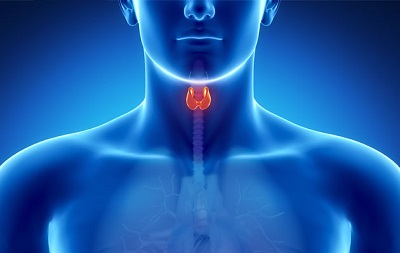The human skeletal-muscular system contains highly trainable tissue that can be remarkably effective in managing glycemic control, which in turn helps manage or prevent type 2 diabetes. Hurley, Hanson and Sheaff (2011) note that muscular strength is inversely related to metabolic syndrome, a cluster of risk factors leading to the development of type 2 diabetes and cardiovascular disease. The researchers add that high insulin levels, low muscle mass and low strength are the strongest factors associated with increased risk of metabolic syndrome. Continue reading →
Resistance training program for diabetes
Training Design for Diabetes
Resistance training for people with type 2 diabetes improves glycemic control, insulin resistance, body composition, blood pressure and strength. People with diabetes are at a higher-than-average risk for low muscular strength and loss of functional abilities.
The American Diabetes Association recommends 2 to 3 sessions of resistance exercise per week, on nonconsecutive days, in addition to other types of physical activity, according to “Physical Activity/Exercise and Diabetes: A Position Statement of the American Diabetes Association”.
Ishiguro et al. (2016) also suggests that two to three resistance training sessions per week may be optimal for improving people’s HbA1c levels. The researchers note that more sessions per week don’t appear to have any greater benefit. Ishiguro and colleagues note that most studies on exercise and diabetes strive to progress resistance exercise intensities to 60%–80% of one-repetition maximum. The data indicate that high volume (multiset) training is almost certainly required to lower HbA1c levels. Ishiguro and colleagues say workout sessions need to build up progressively to 21 or more sets to meaningfully reduce HbA1c levels. Most importantly, Sigal et al. (2007) highlight from their research that while either cardiovascular or resistance training alone improves glycemic control in type 2 diabetes, improvements are greatest when exercise programs combine resistance training and cardiovascular exercise.
Exercise Selection
- Large, multijoint exercises such as chest press, shoulder press, latissimus dorsi pull-down, squat and dead lift.
- Total-body resistance training programs for both the upper and lower body have been shown to elicit significant effects on glucose clearance and insulin response in young and elderly people (Craig, Everhart& Brown 1989).
- Complex movements—including squat with shoulder press, lunge with biceps curl, and dead lift into upright row—may optimize the benefits of exercise-induced glucose control and make for time-efficient workouts, potentially increasing program adherence. Theoretically, these types of exercise could prove most effective for glycemic control.
Exercise Precautions
- Metabolic control before exercising
- Avoid exercise if fasting glucose levels are ≥250 mg/dL and ketosis is present or if blood glucose levels are >300 mg/dL and no ketosis is present.
- Ingest additional carbohydrate if glucose levels are <100 mg/dL.
- Blood glucose monitoring before and after exercise
- Identify when changes in insulin or food intake are necessary.
- Be aware of the glycemic response to different exercise conditions.
- Food intake
- Consume additional carbohydrate as needed to avoid hypoglycemia.
- Eat a light snack of at least 15 grams of carbohydrates prior to training. If the workout will be longer than 1 hour, also eat at least 1 ounce of protein.
- Exercise at the same time each day with a regular pattern of diet, medication and duration/intensity.
- Proper hydration is extremely important. Drink water before, during and following exercise to prevent dehydration.
Further readings:
>>>Why Muscular Strength important to manage diabetes? & what are Hemoglobin A1C (HBA1C) and EAG?
References:
“Strength Training and Type 2 Diabetes”, by Shirley Archer, JD, MA , IDEA Fitness Journal, Jan 16, 2018
“Resistance Training and Diabetes”, by Kurt Escobar, MA and Len Kravitz, PhD, IDEA Fitness Journal, Mar 13, 2016
Ishiguro, H., et al. 2016. In search of the ideal resistance training program to improve glycemic control and its indication for patients with type 2 diabetes mellitus: A systematic review and meta-analysis. Sports Medicine 46, (1), 67–77.

甲狀腺低下症致胖
體重若然無緣無故增加起來,有些人以為水腫,尋去水腫藥方,或加量多做運動減肥,可是體重減極未有起色,可能忽略其中一個可能性,就是甲狀腺功能出毛病。 Continue reading →

日行13000步有效減重
控制體重的捷徑就是持續不懈,每日步行10分鐘,並以急步達13000步效果最好,幫助超重人士減去13%體脂。 Continue reading →

急減磅可釀成脂肪肝
脂肪肝以前多出現於過量飲酒的人身上,隨著肥胖人口增加案例上升,可是,現有趨勢連不肥胖的人都有脂肪肝,甚至出現在習慣極速減肥一族,所謂搖搖式瘦身即體重時上時落,擾亂肝臟工作,演化成脂肪肝,相信是大多數人意想不到的不良後果。 Continue reading →